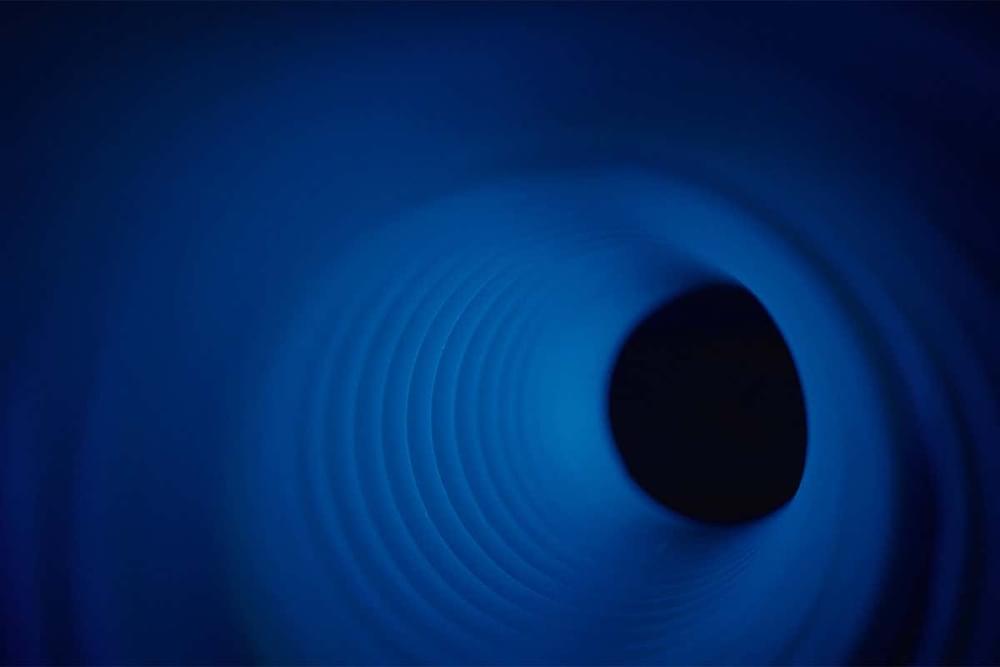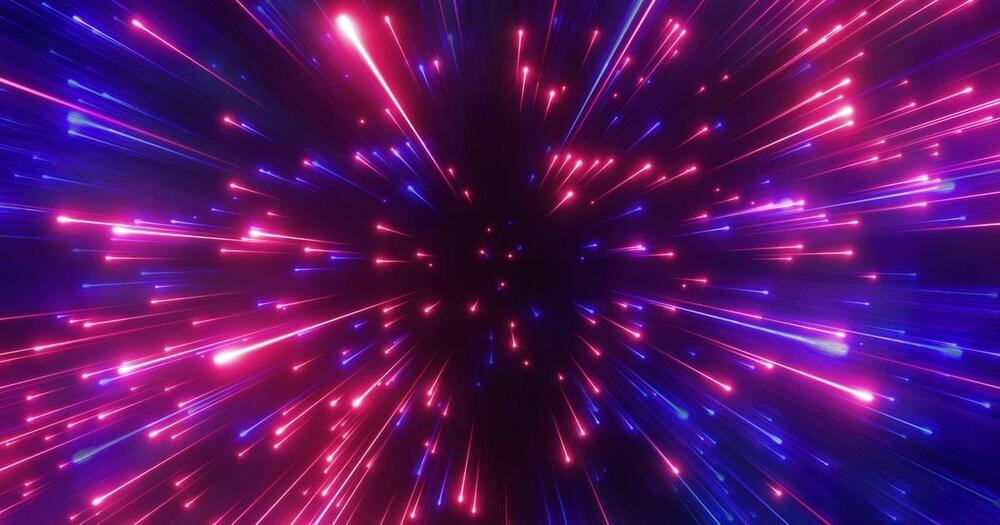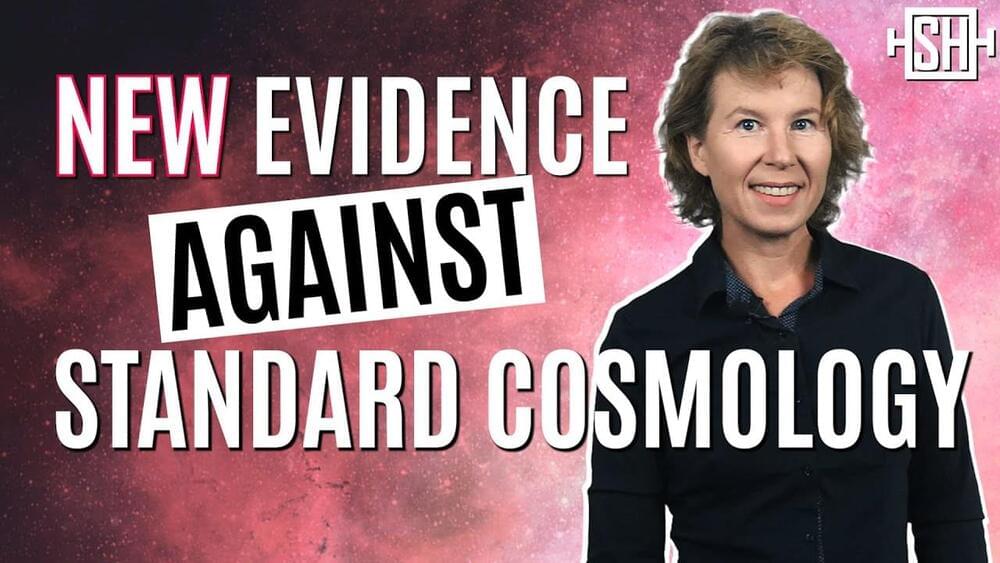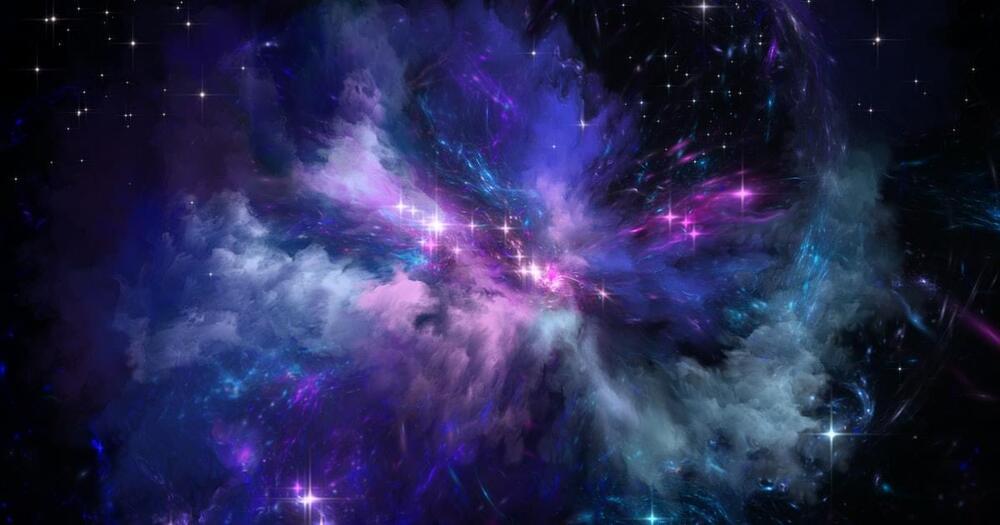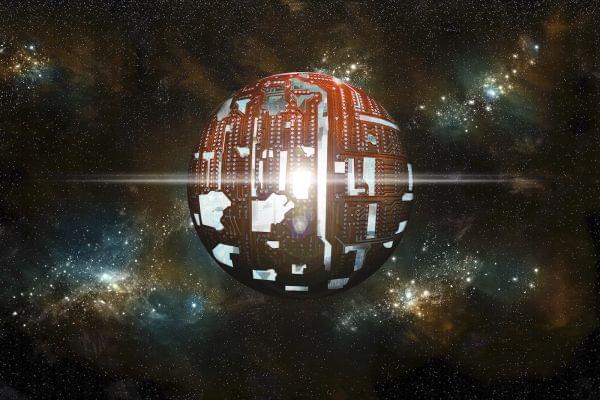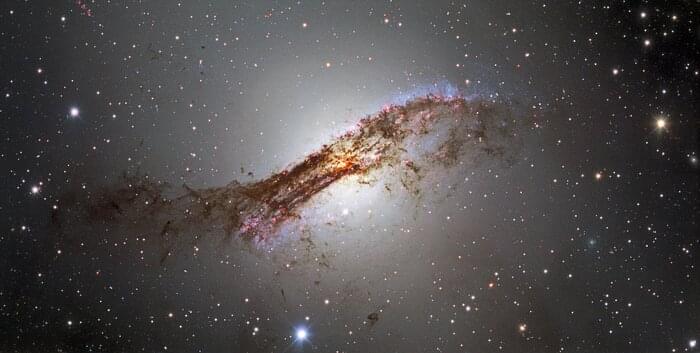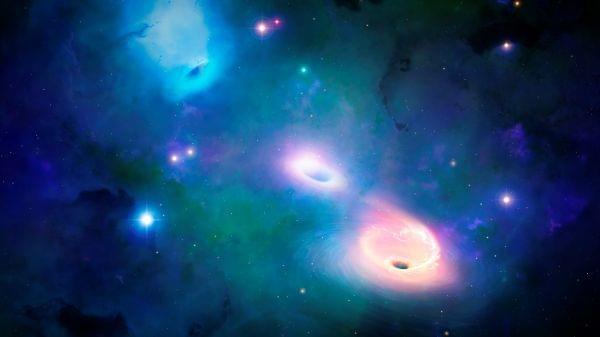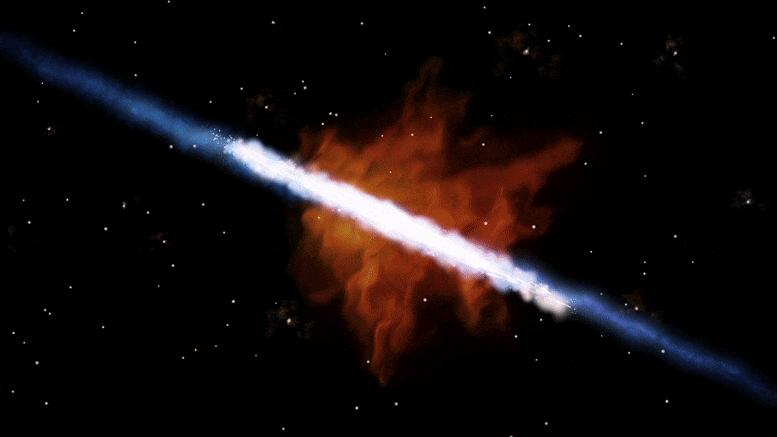
“Enormous clouds of gas are pulled into galaxies and used in the process of making stars,” said co-lead author Deanne Fisher, associate professor at the Centre for Astrophysics and Supercomputing at Swinburne University in Australia.
On its way in it is made of hydrogen and helium. By using a new piece of equipment called the Keck Cosmic Web Imager, we were able to confirm that stars made from this fresh gas eventually drive a huge amount of material back out of the system, mainly through supernovas.
But this stuff is no longer nice and clean – it contains lots of other elements, including oxygen, carbon, and iron.
